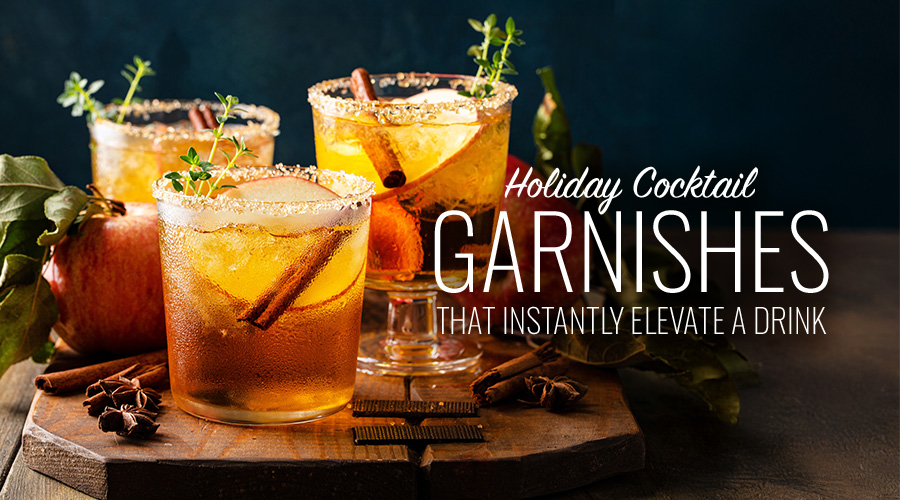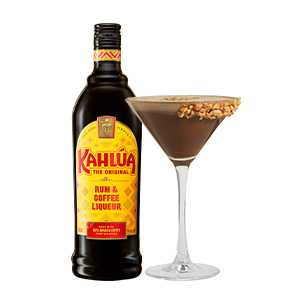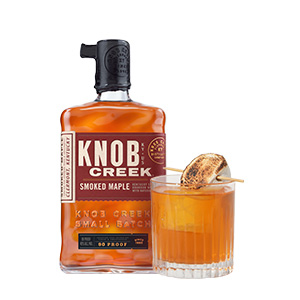
Today is National Trivia Day! To celebrate, we’ve put together a quiz so you can test your wine wisdom. The answers are posted at the bottom (no peeking!). Stop by your nearest Spec’s and pick up a bottle that pairs with a wine loving friend—then test your wine knowledge!
To celebrate, post a trivia question on your social media status using the hashtag #nationaltriviaday.
Cheers!
Wine Trivia:
1. What does “appellation” refer to in France?
A. Wines with an apple flavor
B. Place of origin of the wine
C. Wines from the mountains
2. Why are red wines usually aged in oak barrels?
A. Stainless steel tanks would spoil the wine
B. To greatly improve the color
C. To improve the wine’s ability to age
3. If a wine is described as “hot,” it most likely means it:
A. Has too high an alcohol content
B. Is spicy flavored
C. Is served at warmer than room temperature
4. How many basic tastes can the tongue perceive:
A. 156
B. 4
C. 5
5. Swirling a wine round in the glass does what?
A. Nothing, it’s just for show
B. Increases the surface area of the wine to allow it to react with oxygen and release its aromas
C. Breaks down the alcohol quicker so it doesn’t taste as “hot”
D. Coats the inside of the glass so you can see if the wine has “legs”
6. A wine you are tasting has a narrow rim, with a deep colour all the way to the edge. On the palate, it has high tannin, black fruit and black pepper. What wine is it?
A. young Syrah from northern Rhone
B. An old Shiraz from South Australia
C. An old Cabernet Sauvignon from Chile
D. A young Riesling from Austria
7. You’ve spotted some sediment in your white wine that almost look like small crystals, what are they?
A. They are bits of broken glass that chip away from the inside of the wine bottle
B. They are small bits of color coming out of the wine that add flavor
C. They are tartrate crystals; a harmless by-products of wine, showing the wine has probably been in cold temperatures
D. They are small bits of cork that break off and indicate the wine is “corked”
8. If you pick up a lot of ‘Brett’ or Brettanomyces in a wine, what would you smell / taste?
A. Vanilla, toast and wood polish
B. Wet wool, lime and apple
C. Wet cardboard and cork
D. Wet plaster, horses, smoked meat
9. If you saw the name ‘To Kalon’ on the label of a bottle of wine, where would it come from?
A. Sonoma
B. Napa
C. Mosel
D. Willamette Valley
10. What is the difference between red wine and white wine?
A. White wine is made from different grapes
B. Red wine is harvested later
C. When making red wine, the skins of the grapes are left in the wine during fermentation
D. The skins of red wine grapes are darker in color
That’s it for now! How do you think you did?
Scroll below for the answers.
- 1. Answer: B. In France (and many other European countries) the government regulates a designated growing area. The name of the growing area is called an appellation.
- 2. Answer: C. The oak barrels also contain tannins (in addition to those already in the wine), which contribute to the wine’s flavor. These tannins have antioxidants to keep the wine from spoiling. As the wine ages, the tannins will mellow and lose their astringency, making the wine more enjoyable to drink.
- 3. Answer: A. This is a negative trait in most table or sparkling wines. Too much alcohol in wine can produce a burning sensation in the mouth and throat while being swallowed.
- 4. Answer: B. The tongue can only identify the basic tastes of Sweet, detected on the tip, Sour and Salty, detected on the sides, and Bitter, detected on the back. It is the combination of these that make up the myriad of our perceived tastes.
- 5. Answer: B. Increases the surface area of the wine to allow it to react with oxygen and release its aromas
- 6. Answer A. A young Syrah from northern Rhone
- 7. Answer C. They are tartrate crystals; a harmless by-products of wine, showing the wine has probably been in cold temperatures
- 8. Answer D. Wet plaster, horses, smoked meat
- 9. Answer B. Napa
- 10. Answer C. When making red wine, the skins of the grapes are left in the wine during fermentatio
Sources: (www.winerdgame.com), (decanter.com), (proprofs.com)




